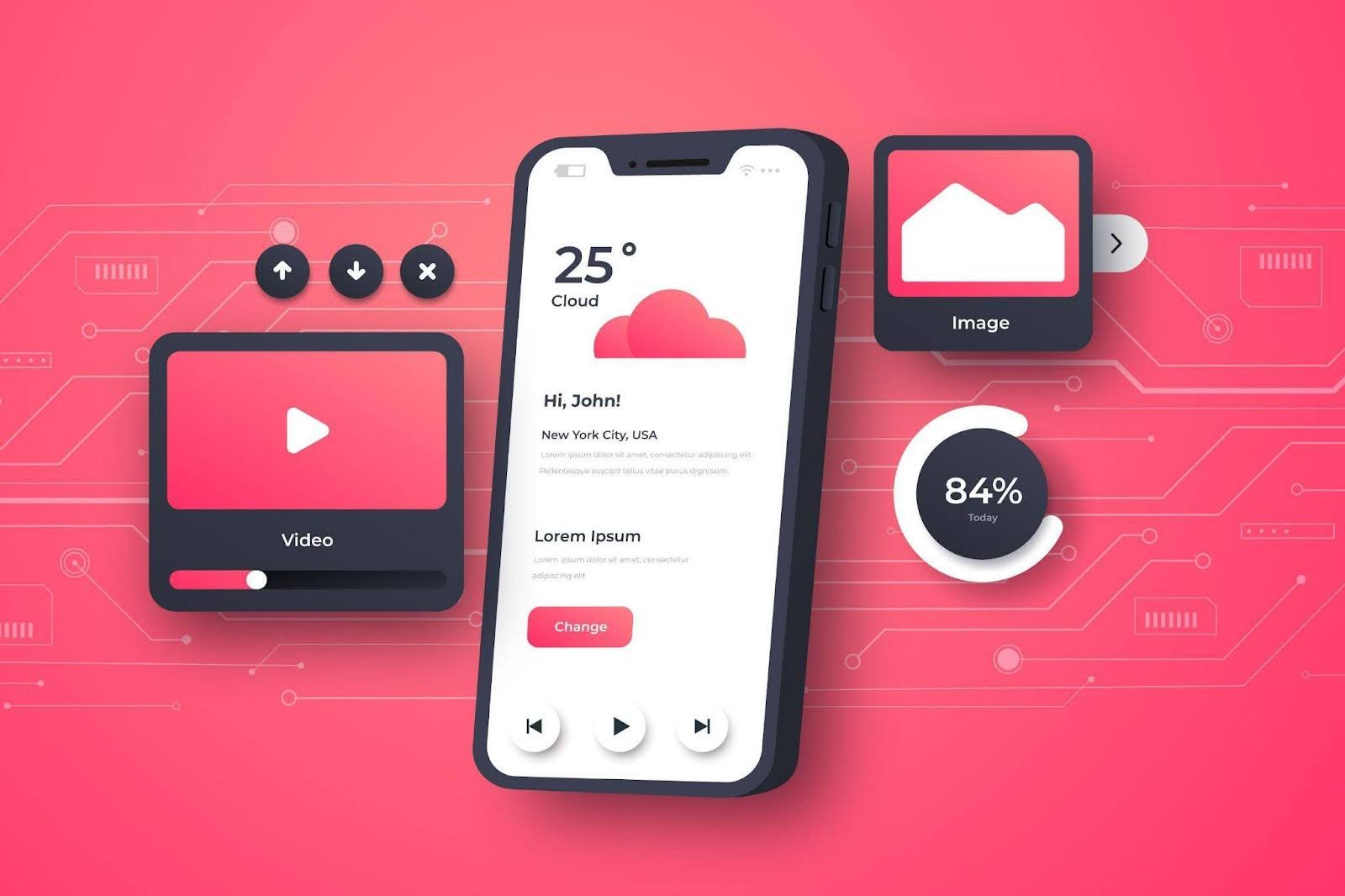Read on for a beginners guide to Android app testing.
While iOS and other operating systems are constantly gaining popularity, Android applications remain one of the most frequently used in the world. Every year, the number of devices using Android grows and develops, which leads to an increase in demand for qualified testers. Their role in ensuring software reliability and security is difficult to overestimate.
They work so that users can get a better user experience and do not encounter any problems with the performance or efficiency while using devices. In this article, we will look at where to start testing Android applications and explore the types of testing you should include to guarantee a complete assessment.
Table of Contents
Checklist of Top Tasks to Perform
Although testing is the main goal of quality assurance engineers, it includes not only the process of executing test cases. To test Android apps and get the best results, you should take the time to prepare.
It will be the key to the successful completion of the procedure and will allow you to avoid misunderstandings during the process. Here are some tasks for you as a novice tester to consider:
- Research the OS and devices: You will not be able to reliably determine testing approaches and tools if you do not understand what the main functions and features of the operating system are. Its history is also important. You should gain enough knowledge before you start. Otherwise, you risk missing important points that can affect the overall testing effectiveness.
- Prepare a test bench: There are thousands of devices using Android and millions of users who buy them. Since Android is an open system, you should create a test bench in cooperation with business analysts and developers.
- Approve a test plan: What types of testing you will use, what is your test bench, and what approaches are needed should all be in the plan. Highlight the parts that require more time and justify the deadline, taking into account the smallest details.
- Choose automation tools: You may feel confused when selecting them. Therefore, consult with business representatives to determine the list of the most suitable ones.
- Define testing methods for your case: Application testing is specific and often requires a well-thought-out approach. Do not forget to include tests that are mandatory for execution on mobile devices.
Once your preparation is complete, you can move on directly to the evaluation of applications.
Types of Testing You May Need to Turn to
When planning your testing, you should identify a list of mobile testing types to include in your plan. Below is a list of the most common ones that you may find useful:
- Functional testing: Conduct it to make sure that the functions of your application work correctly and stably, and that the overall functionality meets the requirements.
- Compatibility testing: Any Android-based device must integrate with a large number of other applications and systems. Run tests that will allow you to verify the accuracy of information exchange.
- User interface testing: This includes assessing the visibility and alignment of text, the general appearance of the interface, and its elements. Make sure that it is well optimized and the users can quickly find the functions they need.
- Installation testing: It assumes that the application can install additional content. It should be downloaded and installed without errors and crashes.
- Network testing: Check the correctness of the requests that the application sends, its response time, and the smoothness of the operation.
- Performance testing: Your application should be able to work under any conditions and withstand various loads, including peak ones. Your task is to determine whether overload will lead to errors or other malfunctions.
- Field testing: It is a specific branch that involves testing the application from the user’s point of view. Monitor the behavior of the application during various connections to determine how smooth and uninterrupted it is.
- Interruption testing: It involves testing the system in cases of network recovery after a failure or battery removal during an operation. Its goal is to make sure that the system responds correctly and that important data is not lost.
Each type of testing plays an important role. Therefore, if possible, you should include each of them to test the application from start to finish and ensure its proper operation.
To Sum Up
Testing Android applications requires some experience, knowledge, and skills. If you are a beginner, start by studying the operating system and its history.
It will help you better navigate the strengths and weaknesses of the software and prepare a plan that will cover all the necessary details.
Having a clear strategy and action plan will help you complete application testing faster and minimize the risk of detecting defects after deployment.
INTERESTING POSTS
- 5 Checklist For Choosing A VPN Service Provider
- Internet Safety Rules Checklist [MUST READ]
- What You Need To Know About Android Application Security
- 11 Thrifty Reasons Why Mobile Automation Testing Is Needed
- Key Functions Performed By The Security Operations Center (SOC)
- Strengthening DDoS Protection with Threat Intelligence
About the Author:
Meet Angela Daniel, an esteemed cybersecurity expert and the Associate Editor at SecureBlitz. With a profound understanding of the digital security landscape, Angela is dedicated to sharing her wealth of knowledge with readers. Her insightful articles delve into the intricacies of cybersecurity, offering a beacon of understanding in the ever-evolving realm of online safety.
Angela's expertise is grounded in a passion for staying at the forefront of emerging threats and protective measures. Her commitment to empowering individuals and organizations with the tools and insights to safeguard their digital presence is unwavering.









